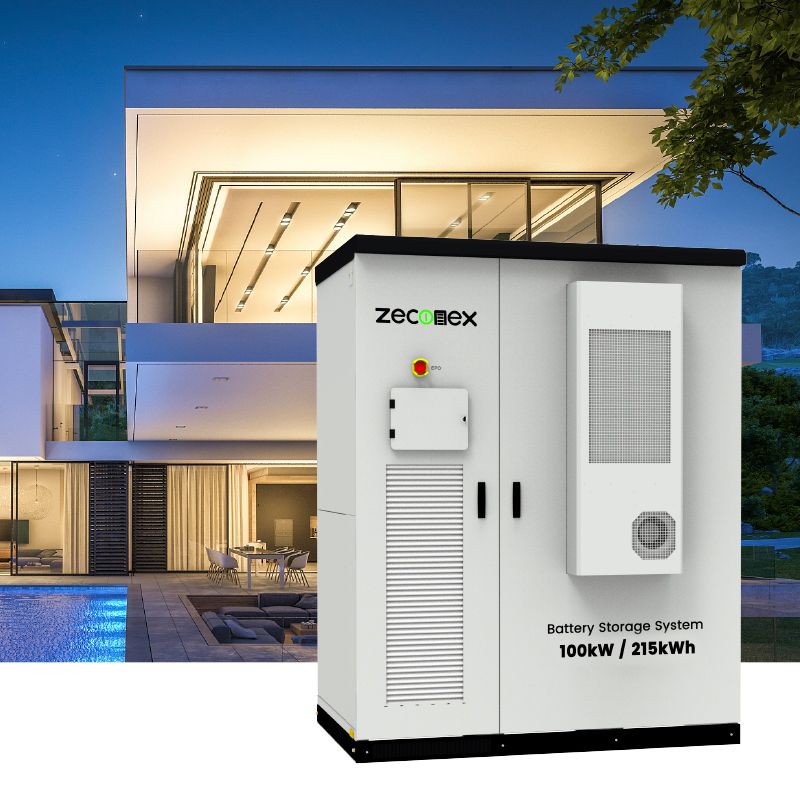In recent years, energy storage and ESS have become a global focus, influenced by the expected penetration of electric vehicles (EVs) and other electrification technologies.ESS will support the growth of EVs and also serve as a primary application for the second life of batteries.
A centralized energy grid is a network of energy generated by generators, high voltage transmission lines, and low voltage transmission lines that deliver electricity over long distances to power the lifeblood of a nation and its economy.
As the world becomes more and more dependent on electrification, the aging power grid is under tremendous strain. Power peaks during peak demand hours are becoming more common, as are power constraints in India and Africa due to lack of capacity and infrastructure failures.
Energy storage systems (ESS) keep the modern grid stable by capturing and storing renewable energy sources such as wind and solar. By mitigating the intermittency issues faced by renewable energy sources, energy storage technologies help remove the barriers that have historically prevented the increased adoption of wind and solar resources. This allows power to be readily available to all users and applications, including charging electric vehicles and powering buildings, hospitals, and schools. eSS can not only support a grid that operates during peak hours, but also maintains the existing grid infrastructure without the risk of grid overloads and collapse.
Supporting sustainable energy use
ESS captures and stores energy provided primarily by distributed variable renewable energy sources, which is not only good for the environment, but also beneficial to populations in both developed and underdeveloped countries where electrification is used to drive commerce and sustain life. Energy storage systems not only store energy for use at peak loads when energy demand is low, but also make it possible to run the grid of the future without the need to invest trillions of dollars in expanding transmission lines or building new fossil-fueled power plants that pollute the atmosphere.
Powering the future with renewable energy
In 2017 and 2018, renewable energy contributed 18.1% and 26% to world energy consumption and electricity generation, respectively. Of this energy consumption, 7.5% came from conventional biomass, 4.2% from thermal (non-biomass), 1% biofuels for transportation, 3.6% hydroelectricity, and 2% electricity from wind, solar, biomass, geothermal, and ocean energy.
Demand for a sustainable energy future is driving more variable renewable energy sources to the grid, which in turn is accelerating the spread of energy storage technologies to help maximize grid resilience. The energy storage market is forecast to grow rapidly in the coming decades, driven by the expected penetration of electric vehicles (EVs) and other electrification technologies. Investments in new energy storage are expected to jump by $620 billion over the next two decades.
New grid storage capacity by 2030 will be used to integrate various renewable energy sources
By 2030, 65% of new storage capacity is expected to be used to integrate a variety of renewable energy sources into the grid and provide a variety of grid services, 30% to support residential, commercial, and industrial facilities, and 5% to support EV infrastructure.


Forecast Energy Storage Market Growth (2020-2025)
The energy storage market is expected to grow at a compound annual growth rate (CAGR) of 24% from 2020 to 2025.
The residential market is expected to account for the largest share of the energy storage market.
Fastest growing market: the Middle East and Africa. Largest market: Asia Pacific.
Electrification, Energy Storage and Electric Vehicles Forecast
It is estimated that by 2050, the surge in global power generation will be powered by renewable energy sources, which will account for 80% of global power generation.
Global energy storage capacity will expand from the current 650 GWh to 31 TWh, with batteries accounting for the largest share.
Electric vehicle electricity demand will increase dramatically from 0.3 PWh in 2017 to 9.1 PWh in 2050.
A Perfect Storm Creates a Perfect Opportunity
The rapidly changing electrification landscape and relatively immature energy storage market created a perfect storm for a forward-thinking Zeconex global energy storage company to enter the ESS space as a first mover, capture market share and capture demand to become an industry leader.
Thank you for your interest and trust in ZECONEX China. We are honored to have the opportunity to provide you with our Commercial All in One ESS Energy Storage System solution. In order to serve you more directly and efficiently, please feel free to contact us through the following ways:
Visit our official website: www.zeconex.com for more product details and latest information.
Send an email to sales@zeconex.com, our professional sales team will reply your inquiry as soon as possible.
Call our office phone number: +86-755-84615006. We are always available during working hours.
Alternatively, you can contact us directly via WhatsApp: +86-18603001019 for easy communication wherever you are.
We look forward to working with you to create a brilliant future!
